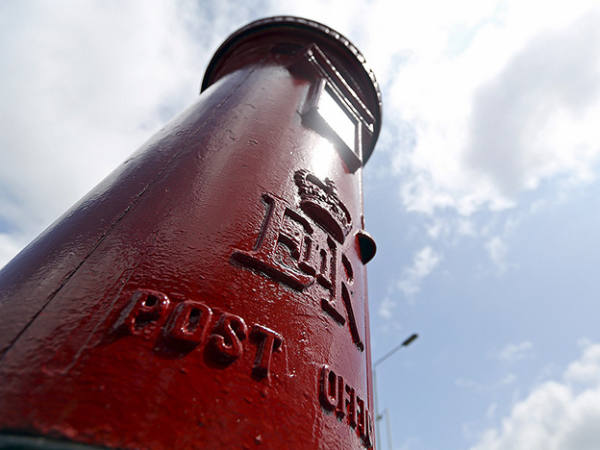Economic data scarcely seems to matter in a week the UK’s seven-day rolling average death count from coronavirus has risen substantially (81.9 as of October 13). Still, given that more lockdown restrictions seem certain to follow, the rise in cases, hospital admissions and, tragically, deaths are a better lead indicator for the economy than backward-looking numbers on output.
Sentiment towards the UK could plunge next week on another big macro issue. The pound has held up against the euro this week, on news the UK won't walk away from negotiations with the European Union on Friday after all, but although Boris Johnson’s deadline has slipped, difficulties over a level playing field for regulation and fisheries remain. Early signs are the Prime Minister’s decision to break international law with the Internal Markets Bill has backfired and made the EU insist on more onerous and rigorous enforcement measures, which adds to the complexity of getting a trade deal.
Going into the crunch week, Office for National Statistics figures showed UK unemployment ticked up to 4.5 per cent for the three months between June and August. The real scale of damage won’t be seen in the figures until January, three months after the end of the initial furlough scheme.
There were 6.4m people temporarily away from work from June to August, which includes furloughed workers and other pay-rolled absence like annual leave and parental leave. Prior to the pandemic there were an average of 2-2.5m people away from work, which gives an idea of the worries facing households. Already redundancies increased by a record 114,000 on the previous quarter, and it could get worse with 4.8m on furlough as of September.
Contrasting with Britain’s malaise, data out of China shows their economy is gathering impressive momentum. Year-on-year export growth figures for September are, at 9.9 per cent, in line with expectations. Import figures have smashed expectations, showing 13.2 per cent year-on-year growth, which has been put down to buying in iron ore and semi-conductor materials before restrictions on their export to China from the US and Taiwan come into play.
On Wednesday, China will publish figures on both money supply and credit growth in its economy. The consensus is for a 10.4 per cent increase in M2 (cash, chequing deposits plus savings and money market securities). One of the concerns investors have always had about China is the opacity of its financial system. Loan growth figures, also due on Wednesday, show the rate at which monthly Central Bank loan values are increasing year-on-year. Along with the increasing money supply, a steady and consistent rate is a good indicator of the monetary conditions being supportive of further growth.
What’s also interesting, is whether the September foreign direct investment figures for China can top the bumper 18.7 per cent YoY growth recorded in August. Chinese capital markets are beginning to open to outside investors, which has seen demand for their currency rise and more inward capital flows to the country.
Next week’s economics
On Monday 19 October, industrial output figures for China are expected to show a steady 5.7 per cent rate of year-on-year growth in September. That would be only slightly up from August, whereas analysts are more bullish about retail sales growth in the domestic Chinese economy, which is expected to have risen from 0.5 year-on-year in August to 2 per cent in September. Both figures feed into third quarter GDP growth, which if it comes in at 5.2 per cent (2 per cent up on the previous quarter) as expected, will confirm all the positive sentiment about China’s recovery.
Back to Britain and if next week’s important figures disappoint it could be a nightmare for Mr Johnson and his government if we are dealing with the recriminations of a failure to get a deal with the EU. On Wednesday 21 October the UK publishes measures of inflation including the Producer Price Index (PPI) which shows the changes in price of goods bought and sold by UK manufacturers. The output figure for August showed a 0.9 per cent decline in the price of goods sold and a continuation of the negative trend isn’t positive for UK companies.
CBI data on Industrial trends due on Thursday 22 October, and Retail Sales and CIPS manufacturing and services data all due next Friday, will give a picture of how UK businesses are facing up to the challenge.
The UK also publishes its consumer price inflation (CPI) data, which unsurprisingly showed weak year-on-year growth in prices back in August. Low shopping basket inflation is helpful for households given what’s happening to wages, but it adds to the weak economic picture.
House prices are a national obsession and the Survey of Mortgage Lenders House Price Index will also be watched closely. Prices were up 2.3 per cent year-on-year in August and that momentum may well have continued into September. The trouble is, if the UK suffers more prolonged Covid-19 misery and that’s compounded by a messy no-deal scenario with the EU, that positive trend could soon be halted abruptly, too.











